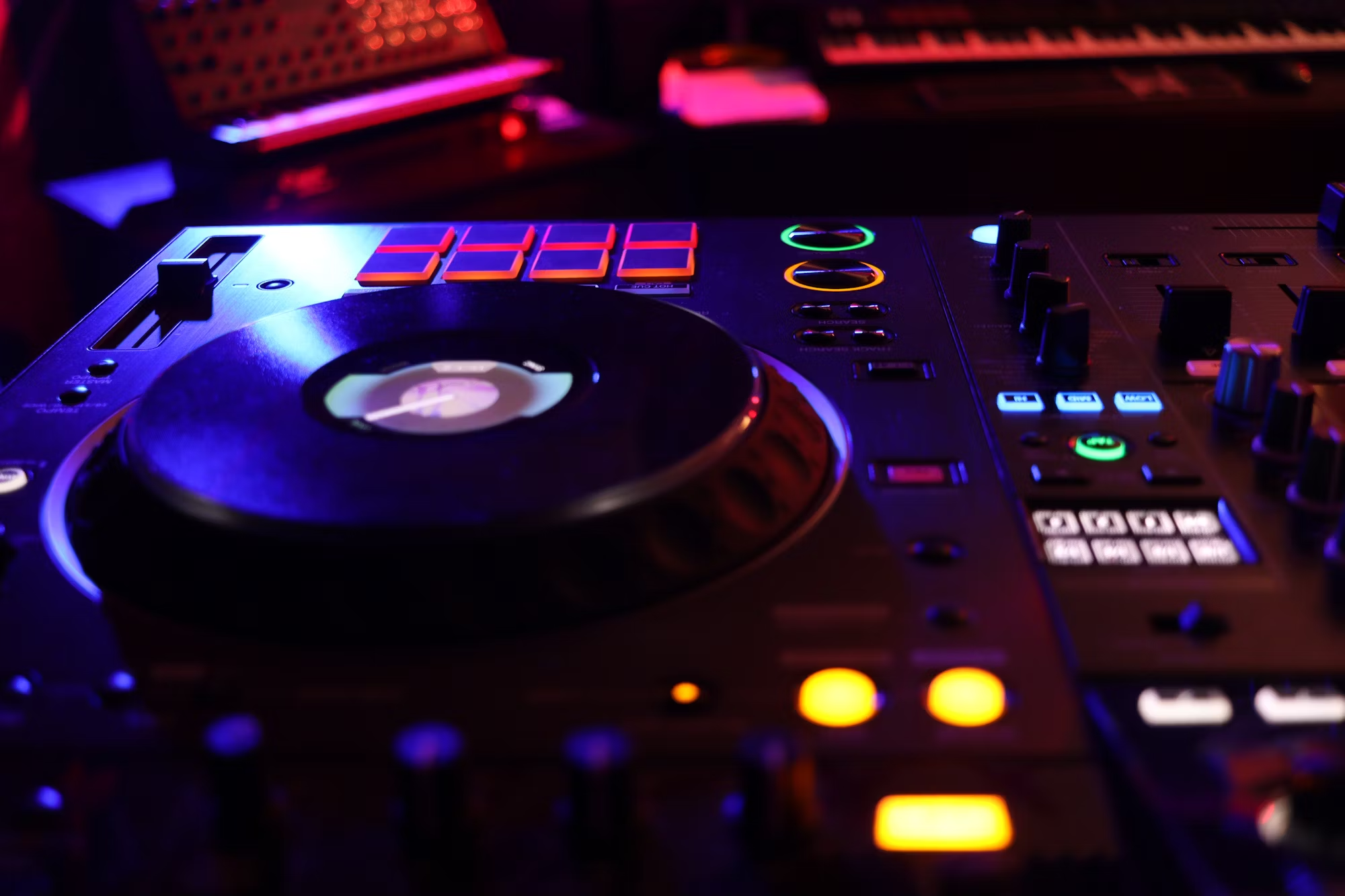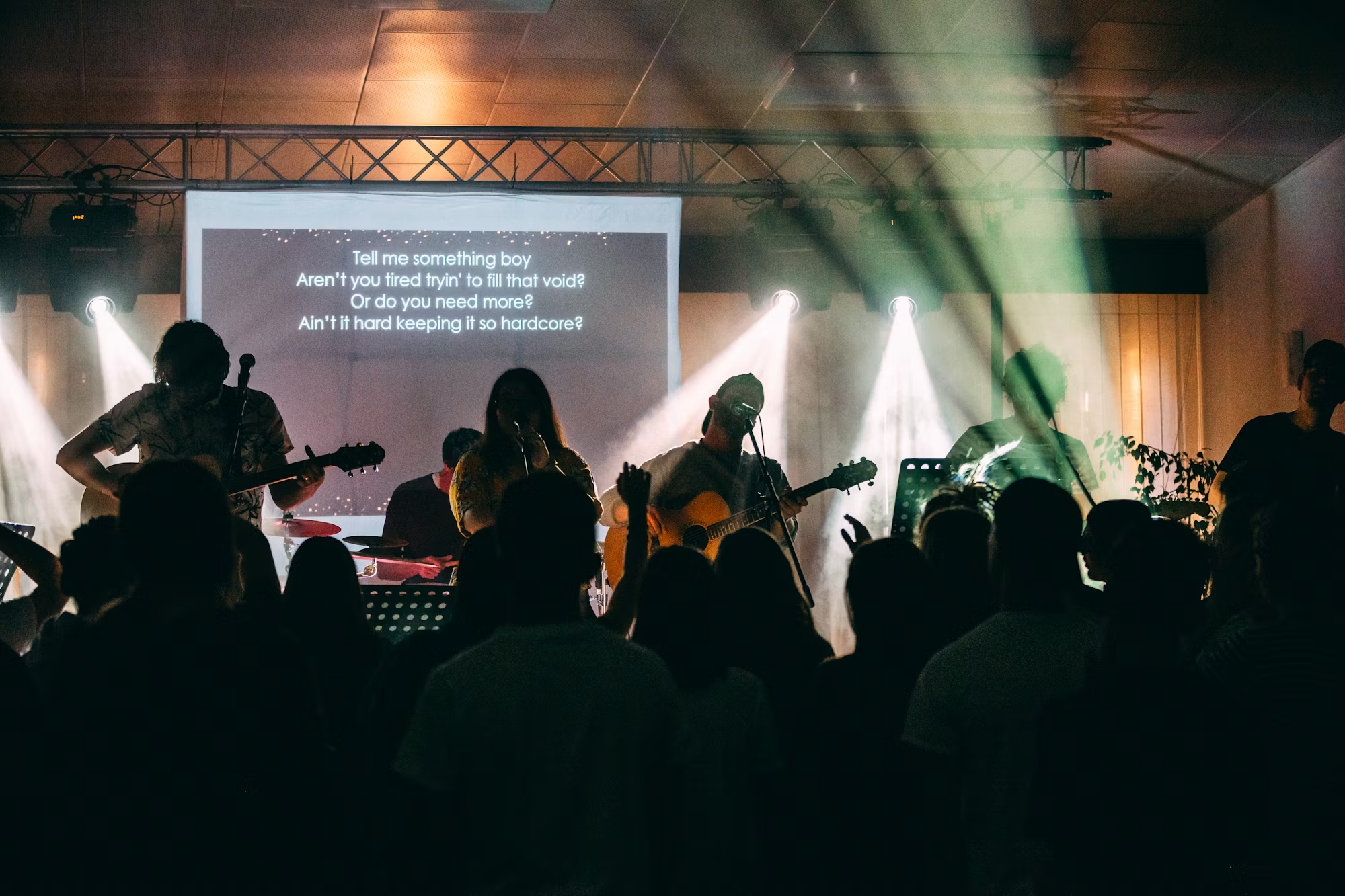In the world of music, collaboration is an essential ingredient that enriches creativity and leads to remarkable innovations. Musicians from diverse backgrounds and disciplines come together to blend their unique talents, creating fresh sounds that push the boundaries of genres. This article delves into the significance of collaboration among musicians, examining how different partnerships can lead to new artistic expressions and broaden audiences’ musical experiences.
The Power of Collaboration
Collaboration in music can take many forms, from songwriting partnerships to full band dynamics, and even cross-genre collaborations that result in unique fusions. These collaborations allow musicians to share ideas, techniques, and influences, often leading to unexpected results. When artists work together, they bring their individual strengths to the table, which can transform a simple idea into a fully realized piece of art.
One of the most notable examples of successful collaboration is found in songwriting teams. Many iconic songs have emerged from partnerships between artists who complement each other’s styles. For instance, the collaboration between Elton John and Bernie Taupin has produced timeless classics like “Your Song” and “Rocket Man.” Taupin’s evocative lyrics paired with John’s melodic genius exemplify how collaboration can create music that resonates deeply with audiences.
Similarly, the partnership between John Lennon and Paul McCartney of The Beatles showcases the power of collaboration in songwriting. Their contrasting styles blended perfectly, resulting in some of the most celebrated songs in music history. Each member of the band brought their unique voice, which allowed for a rich diversity of sound that appealed to a broad audience.
Genres and Collaborative Cross-Pollination
Collaboration is not limited to traditional partnerships; it often occurs across genres, leading to exciting new musical forms. The blending of different styles can create hybrid genres that capture the imagination of listeners. For example, the fusion of hip-hop and rock in the collaboration between artists like Linkin Park and Jay-Z in their project “Collision Course” produced a fresh sound that attracted fans from both genres.
Another remarkable instance of genre-crossing collaboration is seen in the work of artists like Billie Eilish and her brother Finneas O’Connell. Their synergy creates a distinct sound that merges pop, electronic, and indie influences. By collaborating closely, they explore innovative production techniques and lyrical themes that resonate with today’s youth, further showcasing how collaboration can redefine genre boundaries.
Collaboration can also take the form of featuring artists on tracks, introducing fans to new sounds and styles. For instance, pop stars often invite rappers to lend their verses, creating an engaging blend of melodic hooks and rhythmic verses. This practice not only elevates the song but also expands the audience for both artists involved.
The Dynamics of Collaboration
Successful collaborations are built on mutual respect and understanding. Musicians must navigate their creative differences to create a cohesive work. This dynamic can be both challenging and rewarding, as it encourages growth and experimentation. Open communication and a willingness to compromise are essential for fostering a collaborative environment.
In many cases, the best collaborations emerge when artists step outside their comfort zones. For example, when renowned classical violinist Itzhak Perlman teamed up with pop artist Billy Joel, the result was a unique blend of classical and contemporary music that appealed to diverse audiences. This type of collaboration challenges preconceived notions of genre and showcases the versatility of musicians.
Additionally, collaborations can take place in various settings, from recording studios to live performances. When artists collaborate live, they create an electric atmosphere that engages audiences on a deeper level. The spontaneity of a live performance adds an element of excitement, as musicians feed off each other’s energy, leading to moments of musical magic.
Collaborations in the Digital Age
The advent of technology has transformed how musicians collaborate. With the rise of digital platforms, artists can now work together regardless of geographical limitations. Online collaboration tools allow musicians to share ideas, tracks, and feedback in real-time, creating a global network of creativity. This has led to a surge in remote collaborations, where artists can seamlessly combine their talents from different corners of the world.
Platforms like SoundCloud and Bandcamp have also made it easier for independent musicians to find collaborators, share their work, and connect with audiences. This democratization of music allows for diverse voices to emerge, enriching the musical landscape. Musicians can experiment with different styles and ideas without the constraints of traditional music industry practices.
Collaborative Projects and Initiatives
Many organizations and initiatives promote collaboration among musicians. Programs like Musicians Without Borders aim to use music as a tool for social change, bringing together artists from different backgrounds to create and share their work. These initiatives foster a sense of community and highlight the universal language of music, proving that collaboration can transcend cultural barriers.
Moreover, festivals and workshops focused on collaboration provide platforms for musicians to come together and create. Events like the Newport Folk Festival and the Montreux Jazz Festival encourage artists to collaborate, leading to memorable performances and innovative new works. These gatherings create a fertile ground for creativity, allowing musicians to experiment and push each other’s boundaries.
The Future of Musical Collaboration
As the music industry continues to evolve, collaboration will remain at its core. The rise of social media and streaming platforms has enabled artists to connect with fans and other musicians like never before. This increased accessibility can lead to more spontaneous collaborations, resulting in exciting and innovative projects.
In the future, we may see even more genre-defying collaborations as artists continue to break down barriers. As musicians draw inspiration from a wider range of influences, the music landscape will become increasingly diverse and vibrant. The power of collaboration will undoubtedly drive the next wave of musical evolution, allowing artists to explore new ideas and share their creative journeys with the world.
Conclusion
In conclusion, collaboration is a fundamental aspect of the music industry that enriches creativity and fosters innovation. By bringing together musicians from various backgrounds, collaborations create unique musical experiences that resonate with audiences across the globe. As artists continue to explore new partnerships, the future of music will undoubtedly be marked by the exciting possibilities that arise from collaboration. The beauty of music lies in its ability to unite individuals and create something greater than the sum of its parts, proving that together, musicians can achieve remarkable things.

